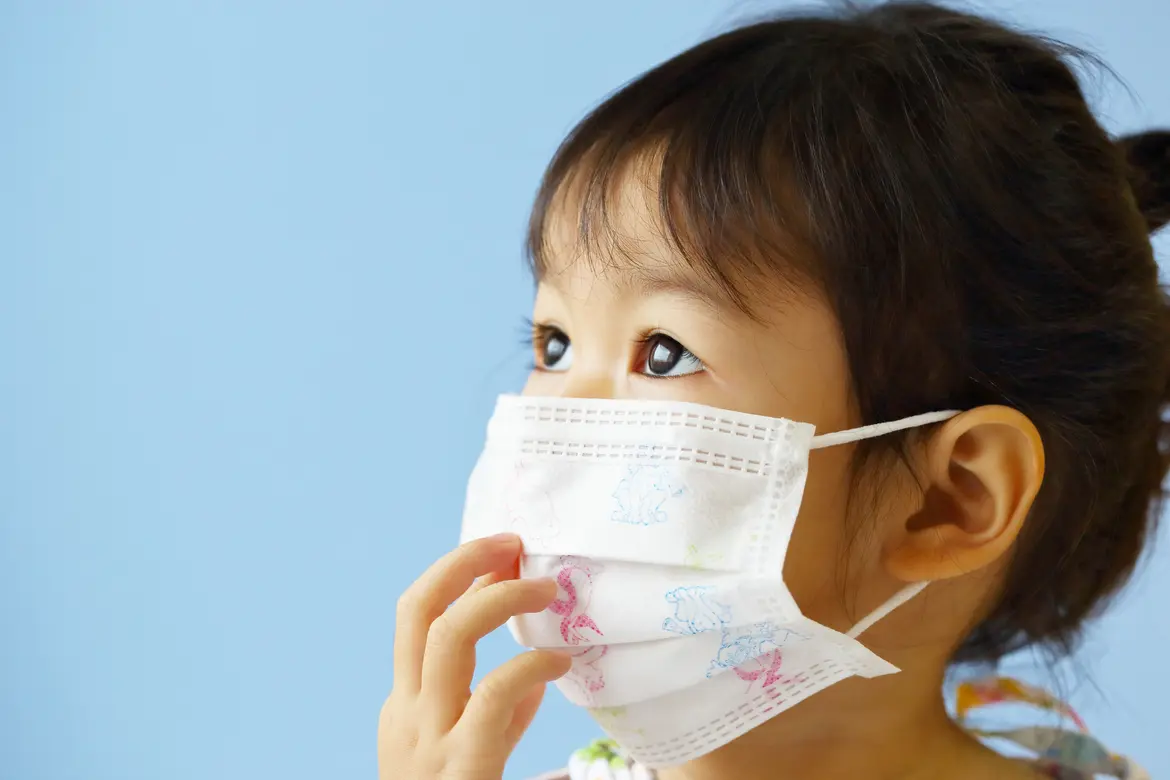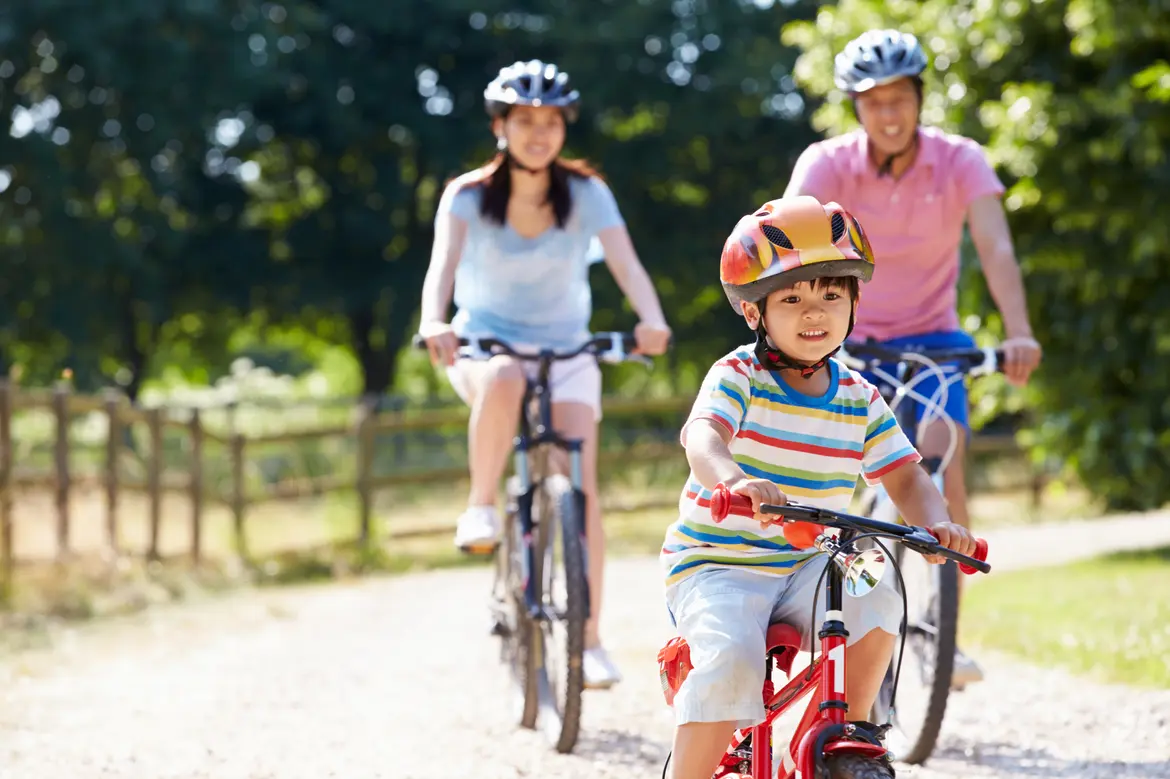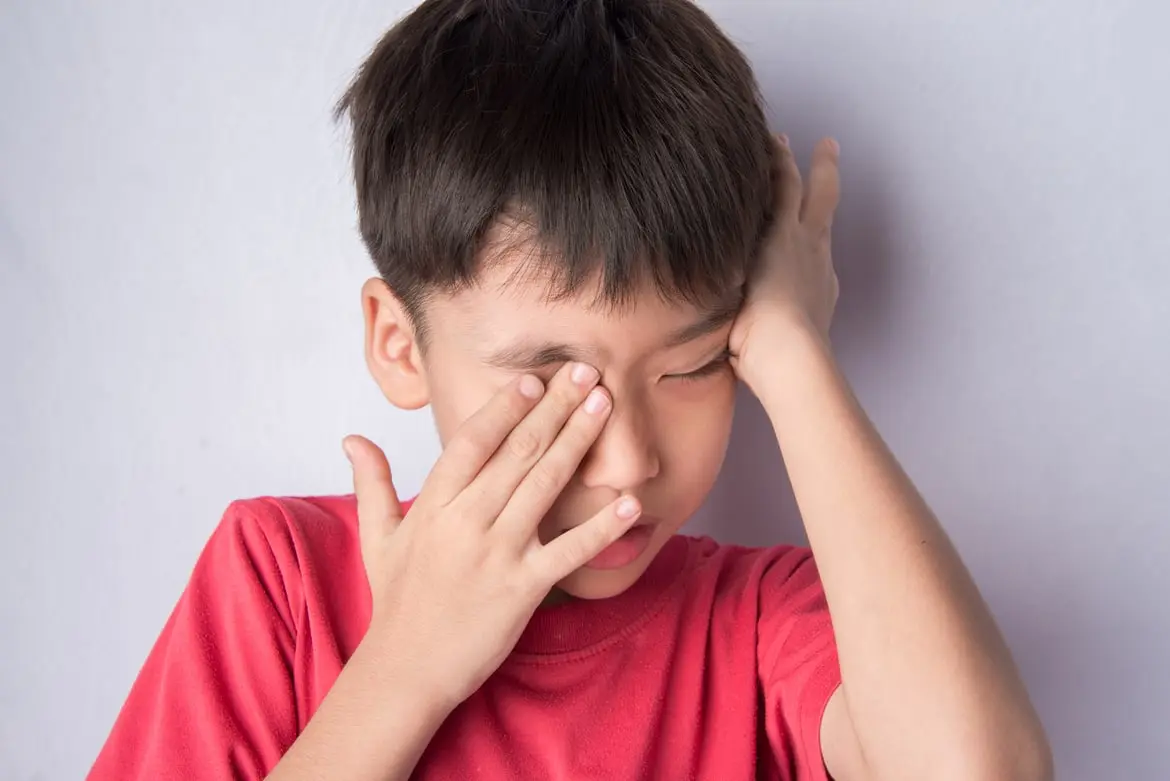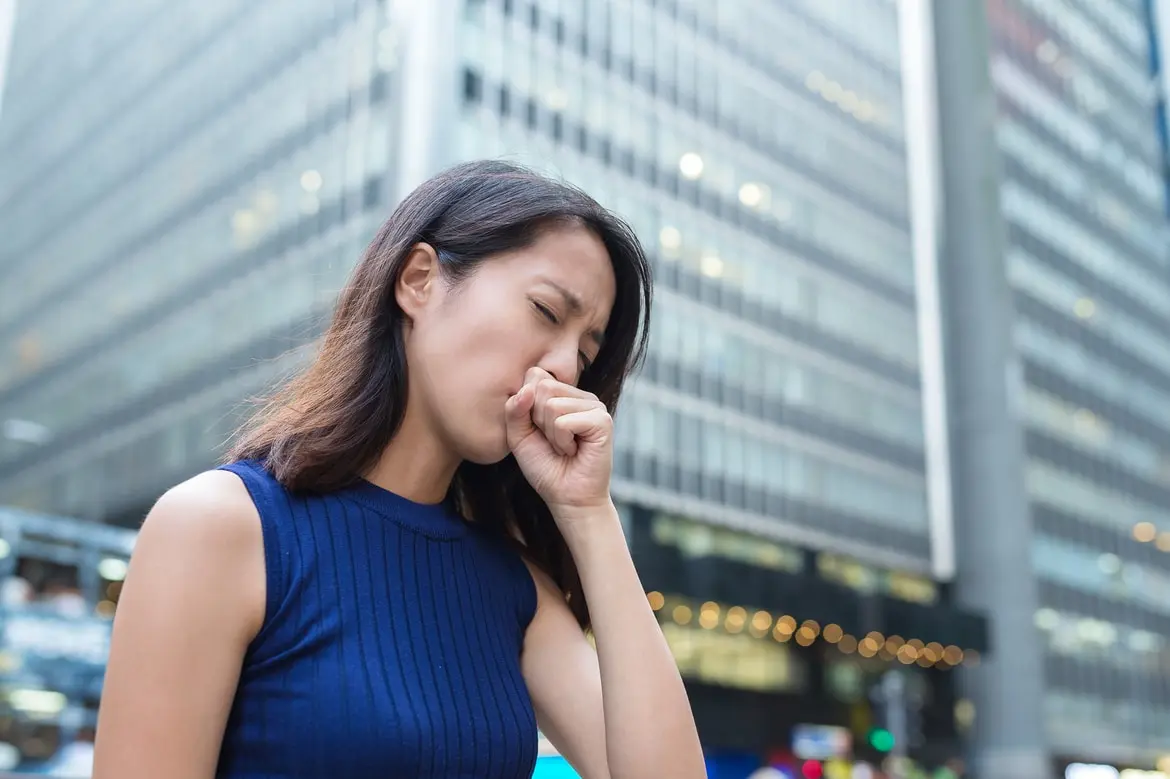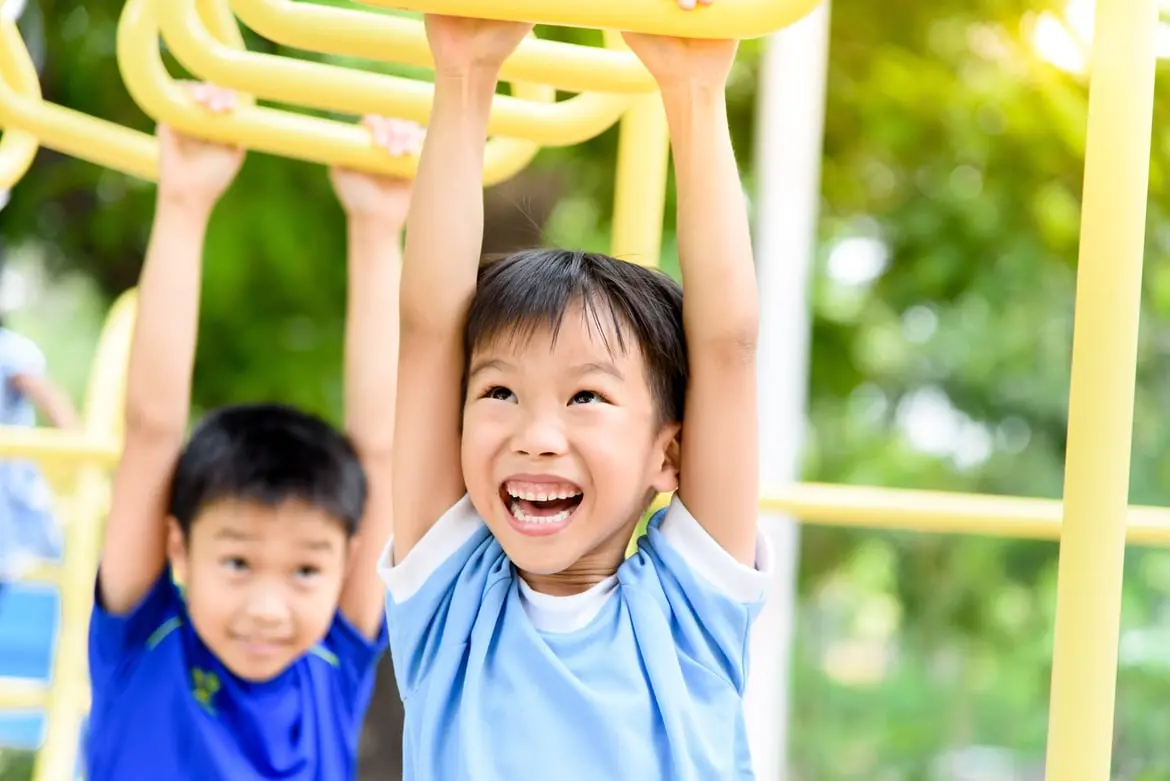-
-
Featured Care Areas

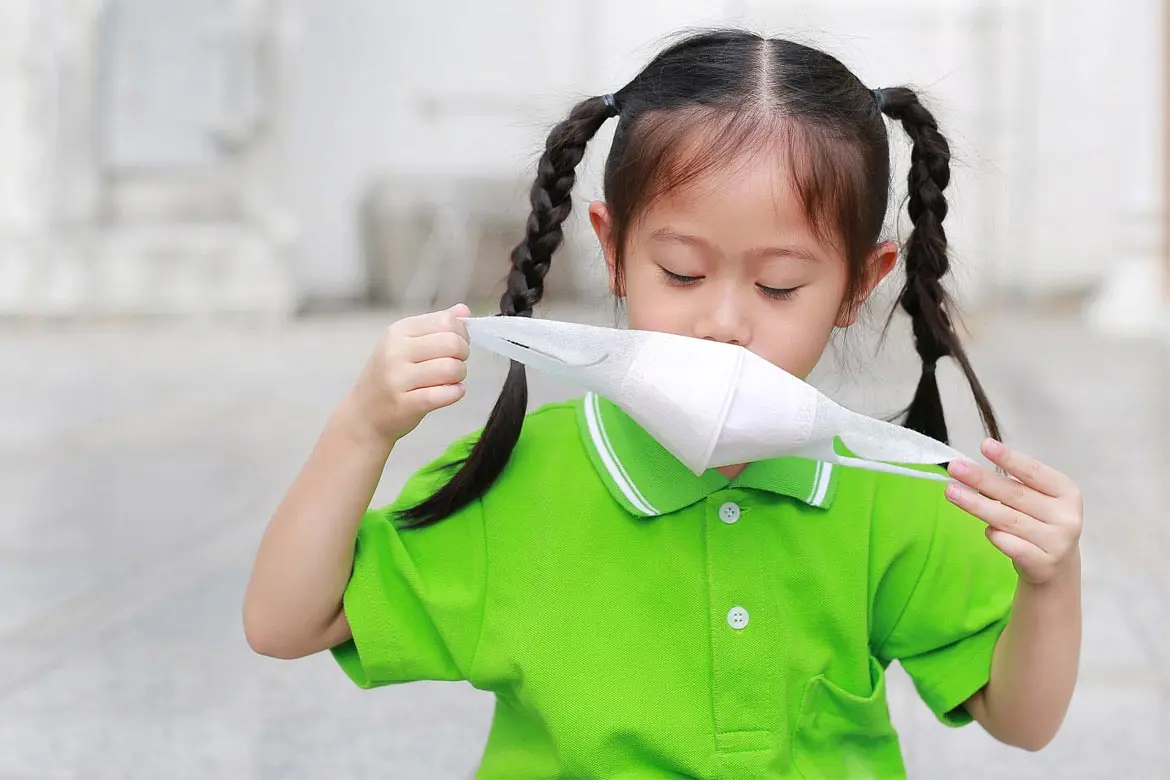
Source: Shutterstock
N95 vs Surgical Masks: Are Face Masks Effective for Children?
Last updated: Thursday, February 10, 2022 | 2 min reading time
It is a requirement that all persons aged 6 years and above wear masks when they are indoors, outside of their homes.
Exceptions to this rule include when eating or drinking, and engaging in exercise.
Certain groups are also allowed to use a face shield, in place of masks. These are:
- Children under 12 who may have difficulty wearing and keeping face masks on for a prolonged period
- Those with health conditions that may result in breathing or other medical difficulties when a mask is worn for a prolonged period
Are masks effective or suitable for children? Here are some things to consider before getting your child to wear a mask.
Which mask is better: N95 vs surgical mask
Surgical masks help protect against large droplets, splashes or sprays of bodily or other harmful fluids. It also protects others in contact with the wearer from the wearer’s saliva and respiratory secretions.
However, as the edges of the surgical mask are not designed to form a seal around the nose and mouth, it does not provide complete protection from germs and other contaminants.
On the other hand, a N95 respirator is used to reduce the wearer’s exposure to particles, including small particle aerosols and large droplets. It fits snugly, forming a seal around the wearer’s nose and mouth, therefore filters out at least 95% of airborne particles including large and small particles. These are usually worn by healthcare workers.
Some N95 respirators come with valves, which should not be used as it won’t prevent an infected person from spreading germs. Both masks are not to be used more than once.
There is also a discussion that double masking, including a well-fitting cloth mask on top of a surgical mask, can offer additional protection.
Are face masks effective for children?
Face masks can be effective if worn properly. This means that the top of the mask is moulded over the bridge of the nose, the bottom of the mask covers the chin and the mask is clean and dry.
However, if your child is younger than 3 years old, face masks may not be suitable as they can increase the resistance to breathing and cause hypoventilation.
For those older, they may struggle with their masks or constantly touch their face, resulting in gaps around their nose or along the sides of the face, making the mask ineffective. Therefore, they must be taught how to wear and handle their masks properly.
How should children wear a mask?
The way children should wear masks is the same as how an adult would.
Step 1: Start by washing hands before putting on the mask. Use an alcohol-based hand sanitiser or soap and water.
Step 2: Ensure that the mask is the right size, is clean and dry.
Step 3: Fit the mask snugly but comfortably on the face, covering the nose, mouth and chin.
Some reminders for children are:
- Don’t touch the front of the mask
- Don’t pull the mask under the chin or into the mouth
- Store the mask in a bag or container
- Don’t share the mask with others
When should children wear a mask?
Children should wear a mask when they are in a public setting, such as the classroom, library, or at the mall. However, they do not need to wear masks when engaging in play or sports, and eating or drinking, while ensuring that physical distancing of at least 1 metre is maintained.
Some factors to consider when making the decision to use masks for children include:
- Whether there is widespread transmission in the area the child resides in
- The ability of the child to safely and appropriately use a mask
- Access to masks, including laundering and replacement of masks
- Adequate adult supervision and instructions on how to safely wear masks
- Potential impact of wearing a mask on learning and psychosocial development
- Interactions the child has
What type of masks should children wear?
Surgical and N95 masks provide better protection than cloth masks, but they may not be as effective in protecting young children.
These masks are designed for adults and would be more suitable for older children. Nevertheless, a surgical mask can be made to fit more snugly around young children’s faces by knotting and tucking it.
Another option are cotton masks, which may be most suitable for younger children as they are comfortable, lightweight, and breathable.
How can you protect your child from viruses?
Although wearing masks is a good precautionary measure, medical evidence shows that these healthy habits may be more useful for children:
- Teach your children good hand-washing techniques using soap and water
- Assist your toddlers with washing their hands
- Ensure that your child washes their hands frequently
- Ensure that your child does not put their hands on your face or put their hands in their mouths without first washing it
- Teach your children good hygiene etiquette eg, sneeze and cough into tissue paper. Soiled tissues should be disposed of and hands washed
- Avoid bringing young children and infants to confined and crowded places e.g. shopping malls
With the ongoing spread of the novel coronavirus, it is important to take necessary steps to protect your family and prevent kids from falling ill.
Always see a doctor if you think you or your family member is falling ill.
FAQs – Masks And Personal Protective Equipment (PPE). (2021, July 09) Retrieved December 30, 2021, from https://www.moh.gov.sg/covid-19/general/faqs---masks-and-personal-protective-equipment-(ppe)
N95 Respirators, Surgical Masks, Face Masks and Barrier Face Coverings. (2021, September 15) Retrieved December 30, 2021, from https://www.fda.gov/medical-devices/personal-protective-equipment-infection-control/n95-respirators-surgical-masks-face-masks-and-barrier-face-coverings
How well do face masks protect against coronavirus? (2021, December 29) Retrieved December 30, 2021, from https://www.mayoclinic.org/diseases-conditions/coronavirus/in-depth/coronavirus-mask/art-20485449
How to help your child get the most protection out of their face mask. (2021, November 10) Retrieved December 30, 2021, from https://theconversation.com/how-to-help-your-child-get-the-most-protection-out-of-their-face-mask-170546
N95 Respirators, Surgical Masks, Face Masks and Barrier Face Coverings. (2021, September 15) Retrieved December 30, 2021, from https://www.fda.gov/medical-devices/personal-protective-equipment-infection-control/n95-respirators-surgical-masks-face-masks-and-barrier-face-coverings
How well do face masks protect against coronavirus? (2021, December 29) Retrieved December 30, 2021, from https://www.mayoclinic.org/diseases-conditions/coronavirus/in-depth/coronavirus-mask/art-20485449
How to help your child get the most protection out of their face mask. (2021, November 10) Retrieved December 30, 2021, from https://theconversation.com/how-to-help-your-child-get-the-most-protection-out-of-their-face-mask-170546

